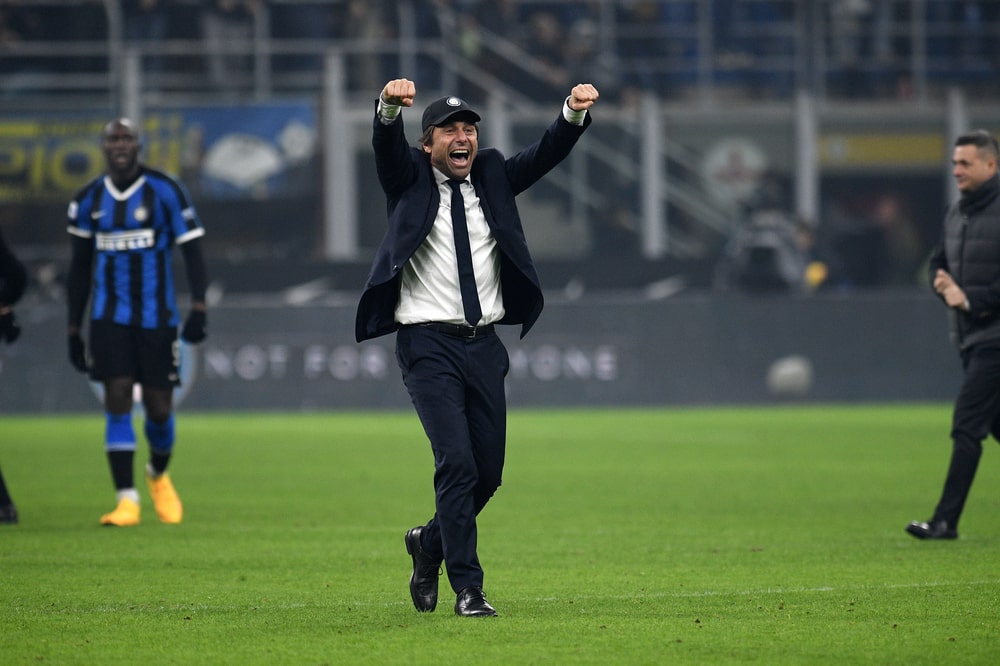For modern managers and their teams, the world of football tactics offers endless possibilities to gain an advantage on the pitch. The evolution of the game has introduced numerous formations that determine a team’s shape and distribution of players. One such formation is the 5-3-2, which we will explore in this article as part of our ongoing series on popular soccer formations.
How Do You Play a 5-3-2?
A 5-3-2 formation consists of three units: defense, midfield, and attack, with a goalkeeper at the back. The defensive line is comprised of five players, including three central defenders flanked by two wing-backs. The wing-backs have the flexibility to push higher up the field and contribute to the offense.
In front of the defensive line, there is a compact midfield unit of three players. The configuration of this midfield trio varies depending on the manager’s gameplan. It can feature a double pivot of two defensive midfielders and an attacking midfielder, a flat line of closely-linked midfielders, or a triangle with a single defensive pivot and two attacking midfielders.
The strikeforce in a 5-3-2 formation consists of two players who provide the offensive threat. They can be set up in different ways, such as two quick and dynamic forwards, a targetman supported by a creative player, or two powerful strikers focused on aerial battles and crosses.
Antonio Conte often used a 5-3-2 when out of possession, transitioning into a 3-4-3 in attack
What Are the Strengths of a 5-3-2 Formation?
The 5-3-2 formation excels in defensive solidity. With five defenders and three defensive-minded midfielders, the team establishes a strong foundation at the back. This defensive strength enables teams to “park the bus” and frustrate opponents by denying them space in the final third. It often leads to a counter-attacking style of play, utilizing the pace and quick transitions of the two strikers and support from the midfield.
The flexibility of the 5-3-2 formation allows for adjustments based on game situations. The team can drop deeper to defend a lead, with one striker tucking into the midfield to provide extra support. Conversely, the wing-backs can push forward to transition into a more offensive 3-5-2 formation.
What Are the Weaknesses of a 5-3-2 Formation?
While the 5-3-2 formation offers defensive stability, its focus on solidifying the backline can lead to limitations in the attack. With only two forwards and a narrow midfield, teams may struggle to overload opposition defenders in advanced areas. The system requires disciplined positional play, clear communication, and high levels of fitness and stamina from all players. Teams playing with a 5-3-2 formation can also be vulnerable to attacks from the flanks, as the central midfielders may leave space for opposition wide midfielders to exploit.
Which Clubs and Managers Prefer the 5-3-2 Formation?
The 5-3-2 system has been effectively utilized by several top teams. The Brazilian national team popularized this formation with its success in the 2002 World Cup. Coaches like Aymoré Moreira and Felipe Scolari utilized an offensive 5-3-2 system with attacking wing-backs, combining defensive solidity with a strong presence in the final third.
In Italy, renowned for its defensive tradition, clubs like Inter Milan have employed the 5-3-2 formation under coaches such as Antonio Conte and Simone Inzaghi. Ronald Koeman, both at the national team and clubs like Feyenoord, has found success using the 5-3-2 system in the Netherlands.
How Do You Play Against a 5-3-2 Formation?
To counter a 5-3-2 formation, teams should focus on width. Exploiting the space in wide areas is crucial since the narrow midfield can leave gaps. Pushing full-backs forward creates overloads on the flanks, overwhelming the opposition’s wing-backs and center-backs.
Alternatively, targeting the midfield can disrupt the cohesion of the 5-3-2 formation. By adding extra players to the midfield, teams can create a larger and more dynamic unit, making it difficult for the opposing midfielders to control possession. Formations like 3-4-3, 4-3-3, 4-2-3-1, and 4-1-4-1 offer various approaches to dominate the midfield battle and overload the defensive shape.
Frequently Asked Questions
-
Are wing-backs the same as full-backs?
Wing-backs are similar to traditional full-backs but have more freedom to push forward and often start from higher positions. -
Do teams always play with five defenders in a 5-3-2?
Yes, the 5-3-2 formation always features five defenders, three midfielders, and two forwards. -
Can the 5-3-2 formation be used in different game scenarios?
Yes, the 5-3-2 formation offers flexibility and can be adjusted for defensive or offensive strategies based on the game situation. -
Which teams are known for using the 5-3-2 formation?
The Brazilian national team, Inter Milan, and Ronald Koeman’s teams have had success with the 5-3-2 formation.
Conclusion
The 5-3-2 formation provides defensive stability and a potential threat on the counter-attack. While it may limit offensive options, the formation’s flexibility allows for adjustments in various game situations. Several renowned teams and managers have utilized the 5-3-2 formation to great effect, demonstrating its strengths and adaptability. By understanding the principles and weaknesses of the 5-3-2 formation, teams can develop effective strategies to counter it on the pitch. For more insights into different formations, explore our guide to the 4-1-4-1 formation.
To learn more about the world of football and stay up to date with the latest insights, visit Zerobertooficial.

